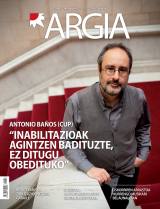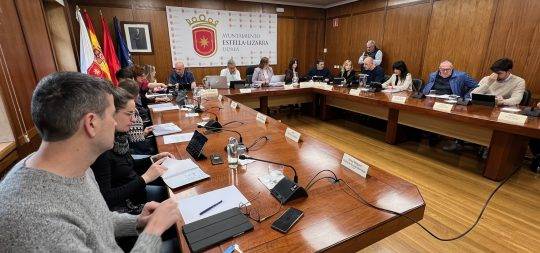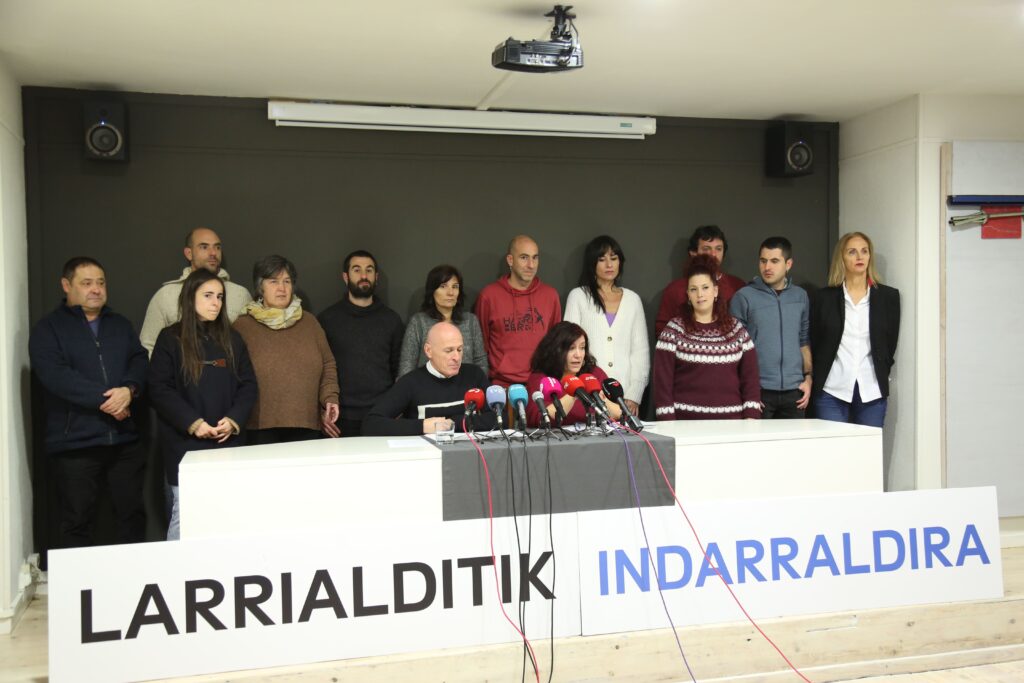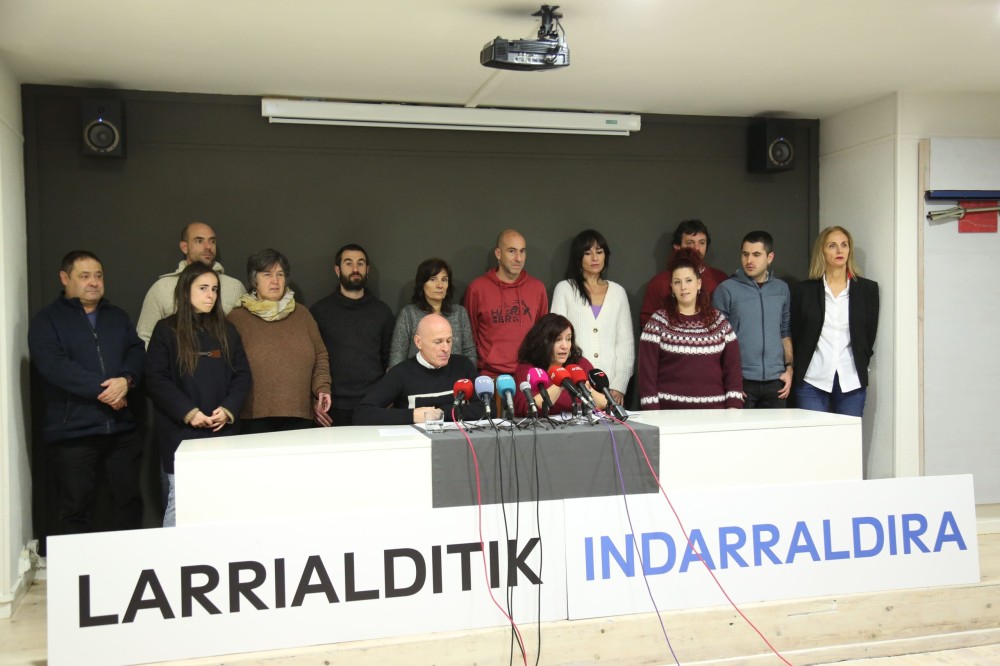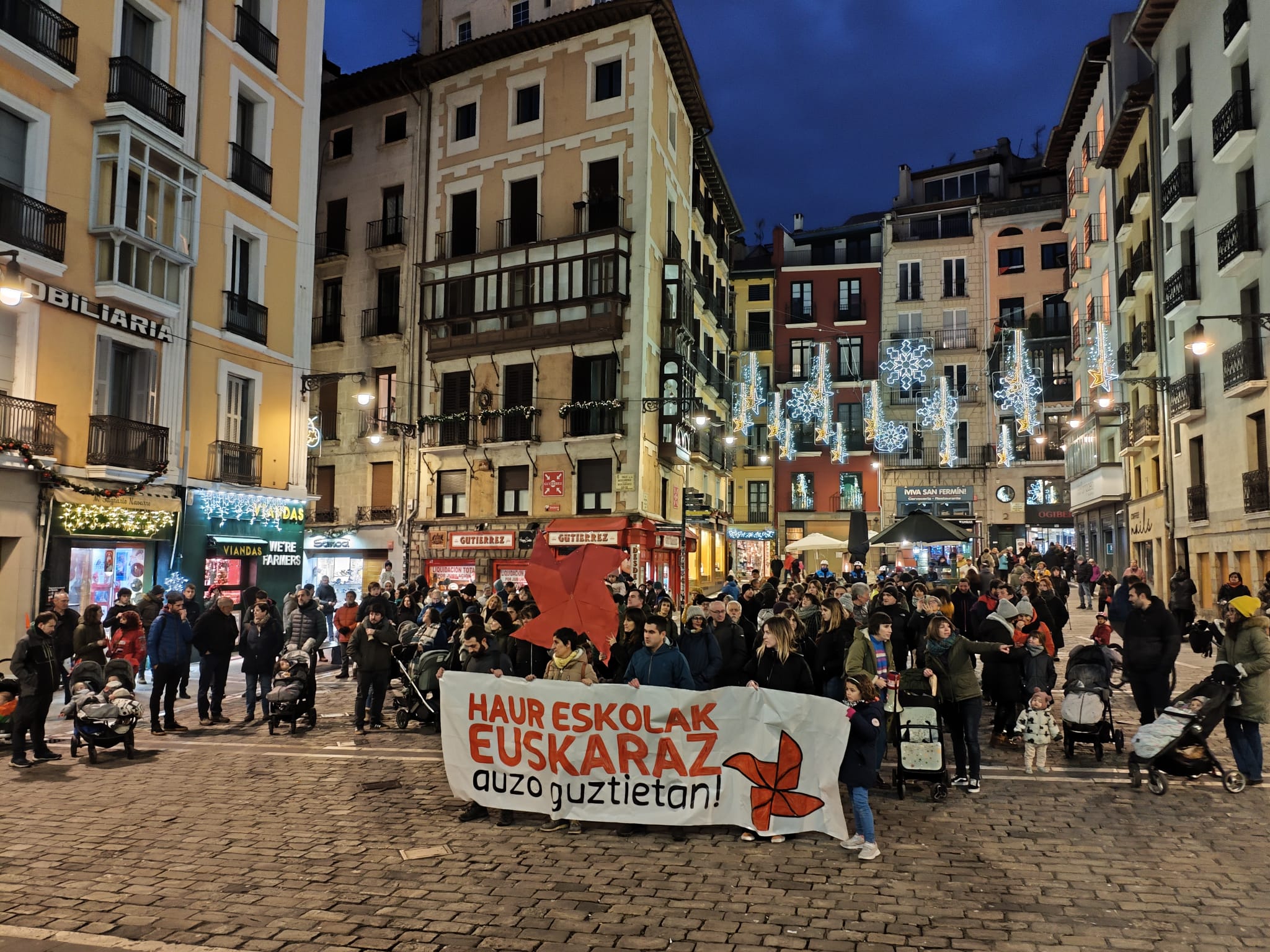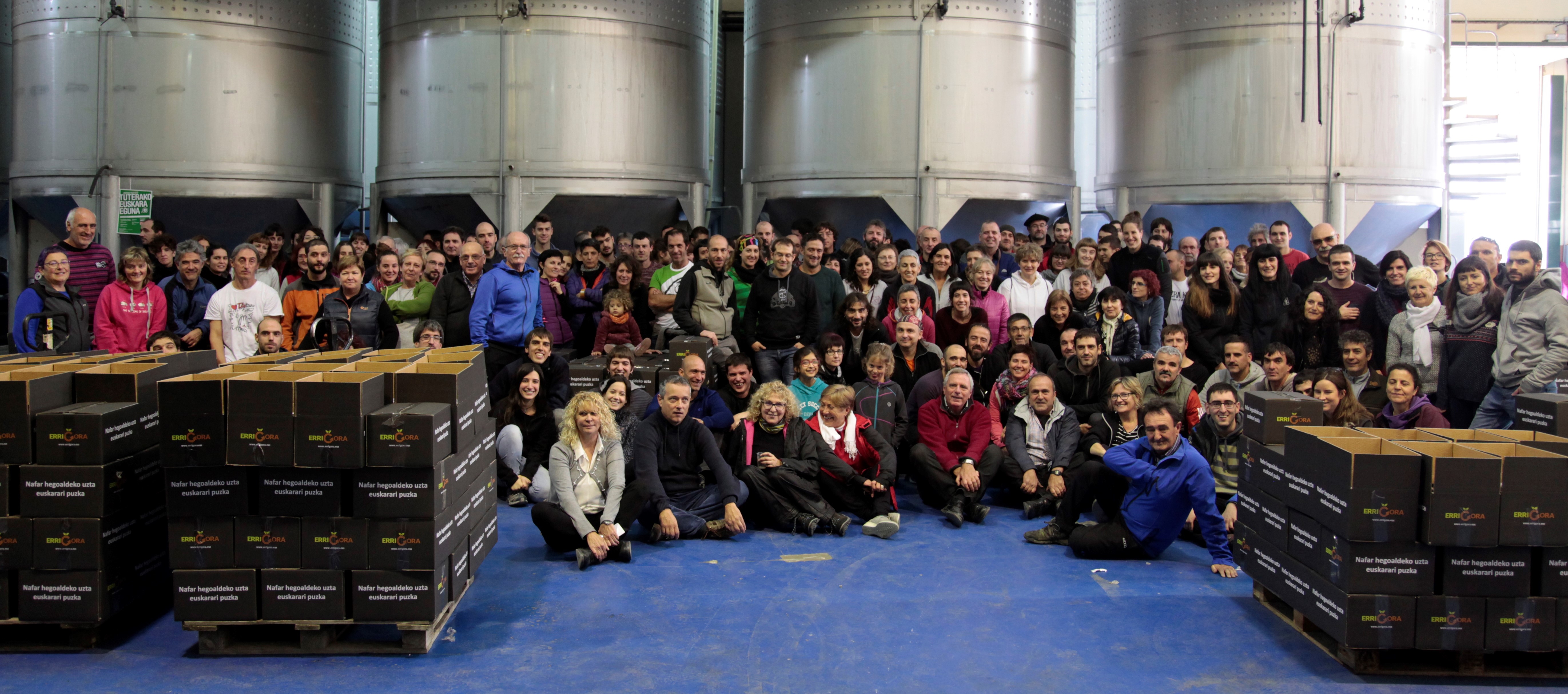Model D epic
- The three Navarre schools have started the new course in Model D for the first time in their history. In the Abárzuza Child Education classes, Lezaun and Zudaire the Basque Country has ended up taking its place thanks to the struggle of parents and schools, and the change of government.
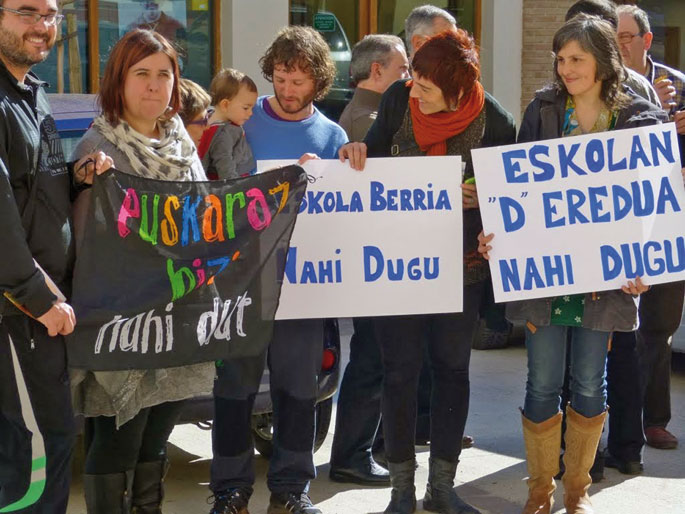
“The beginnings of the course are always exciting, but today’s has been especially exciting. What we have demanded and dreamed of has come true: We already have model D in Abárzuza!” This is the beginning of the September 10 post on the Abárzuza school blog. In fact, the workers and parents of the three schools have welcomed the news with great joy, “very excited and incredible.”
The zoning of the Basque Country in Navarre placed Lezaun and Abartzuza in the mixed area, and Ameskoabarrena in the non-Basque area, in which the municipality of Zudai is located. By law, and thanks to the amendment of the Law of Vascuence adopted in February by the Parliament of Navarra, the three schools were entitled to implement model D if the parents so requested. However, the continued constraints of the UPN Government have prevented schools from carrying out the majority will: “Model D’s petition has been for many years, but it was like hitting the wall with your head,” says Laura Irigoyen, mother of Zudaire’s school.
The parents of the three schools have denounced that it was impossible for them to register the children in the Basque model. The trap was that the computer program did not allow the choice of model D at the time of registration. Although the parents chose to enroll in model D, they could not formalize this change and all the requests that were in practice were not collected.
The small school or the Basque Country, both do not
Need for choice. That is what they have underlined both in Lezaun and in Abárzuza. The parents had to make the decision to send the children to the small school in the locality sacrificing Basque education, or enroll them in Estella's school in model D, but leaving aside the educational model of small schools.
Kalen Artze, director of the Abárzuza school, explains that parents had to rely on the educational model or the linguistic model. “The two didn’t get into the same package.”
It was a difficult decision for parents. Many of them had moved to the larger towns in search of another life, and the enrolment of their children in the great people ' s school made no sense to them: “For this we would stay in Pamplona, we had model D at the door of the house,” explained Vicky Briongos, father of the Abárzuza school.
Artze considers that the small rural school is the model closest to the ideal education: “The involvement of parents is very large, the school gives it to the people and receives it from them. In addition, it is easier to channel the interests and needs of children, and the interaction between boys and girls of different ages is truly enriching.”
In the school of Lezaun, as in the case of Abárzuza, for years many fathers and mothers chose to keep the small school in the village alive and enrolled their children. In recent years, due to the low birth rate and the preference of parents to enroll children in model D, the small school was in serious danger. The director of the company, Elena Urabaien, is clear on what the situation was: “Either we put Model D in, or the school would close.”
Result of partnership and union
Kalen Artze, director of the Abárzuza school, praises the work of parents. And at the same time, parents have only good words for the school, “for their attitude and for the permanent support”. The success of the collaboration and the union of all parties is the result of the achievement of model D in these schools: parents, schools and municipalities, together.
The parents of the Zudaire school, following the steps of those of Lezaungo and Abárzuza, presented in the Department of Education the instances of all the councils and municipalities of Améscoa Baja, requesting model D. The school's mother, Ainara Gallego, explained that the modification of the Basque Law in February revived the hopes and desires of the parents and gave them strength to regroup. With the change of government, it was seen that a real possibility was opened up.
On the other hand, parents of children enrolled in Model A in elementary schools have also been involved in this struggle. Many of them have been disappointed at not having achieved model D before and at the loss of opportunities for their children. “What was happening so far was ‘unnatural’, the Model D we all wanted,” says Lizarraga, the mother of Lezaun’s school.
Abartzuzan, Lezaunen nahiz Zudairin, inguruko herri askotan bezala, urteetako nahia eta eskakizuna da D ereduarena. Hiru eskoletan eman den borrokak antzekotasunak ditu, baina herri bakoitzean esperientzia ezberdinak bizi dituzte aldaketara bidean.
Lezaunen, eskolako guraso den Iranzu Lizarraga haurra zenean egin zen D eredura pasatzeko lehen saiakera, duela hogei urte inguru: “Familia guztiek eskatu zuten aldatzea batek izan ezik, eta Nafarroako Gobernua familia bakar hartan oinarritu zen ezezkoa emateko”.
Bi hamarkada geroago, eman da azkenean aldaketa. Asko borrokatutako prozesua izan da, gurasoak eta eskola arriskatzera eraman dituena. Ixteko mehatxua hain hurbil ikusita, eta saiakera askoren ondoren Nafarroako Gobernuak D eredua emanen ez ziela garbi edukita, eskolak beste bide bat bilatu zuen: irakasle guztiak euskaldunak lortu ahal izateko, abian jarri zuten ingelesaren eta euskararen errefortzu programa bat (TIL programen antzekoa). Irakasle guztiak euskaldunak izanda, D eredu “alegala” jarri zuten martxan. Ofizialki A ereduan zegoen eskola, baina praktikan erabateko D ereduan ari ziren. Bi urtez aritu dira erdi ezkutuko ereduan, euskaraz funtzionatzen.
“Haurrek D ereduan zenbait urte egin ondoren atzera bueltarik ez egotea espero genuen, eta onartzen amaituko zutela”, azaldu du Lizarragak. Urabaien zuzendariak segituan gaineratu du benetako itxaropena Nafarroako Gobernu aldaketan zutela, egoera legeztatu ahal izateko: “Ez genekien noraino iritsi gintezkeen”. Bestalde, Udalaren eta ikuskariaren babesa izateak asko lagundu zien aurrera egiten.
Administrazio Epaitegiak arrazoia eman dio EH Bilduk Lizarrako plantilla organikoaren hizkutnz profilen aurka jarritako helegiteari.









